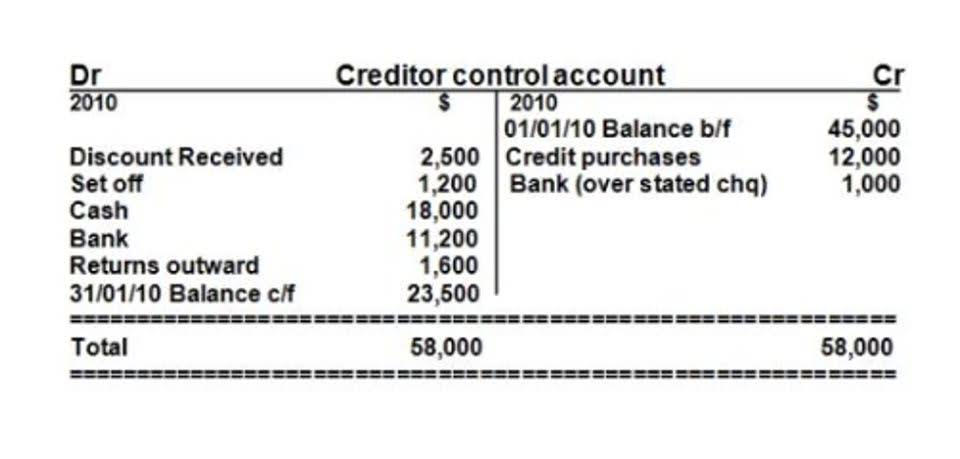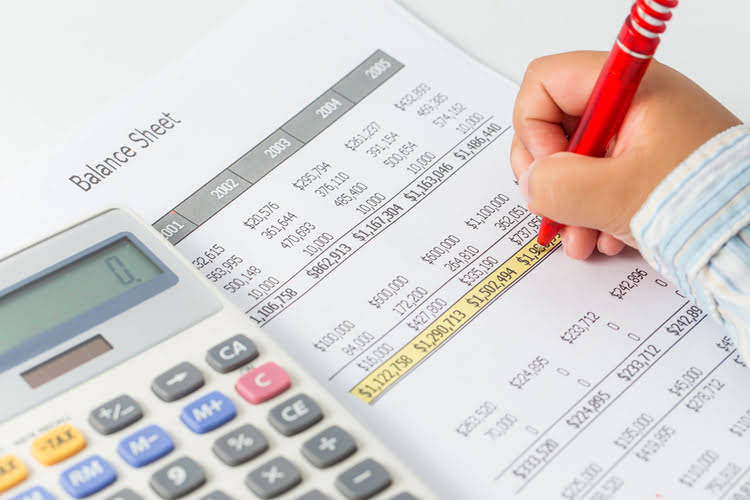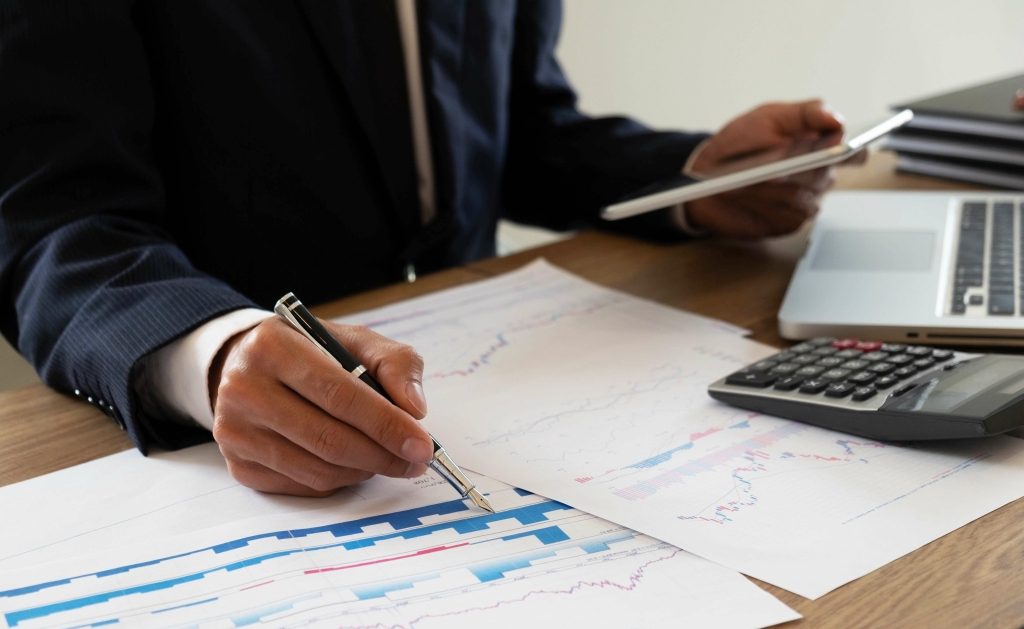
As with any accounting method, the retail method of accounting has its disadvantages. This inventory valuation technique averages the cost of all items without worrying about the order in which the inventory was purchased. As a result, retail accounting provides 3 ways to assign value to inventory. Retail accounting provides a way to obtain an exact number of current inventory without requiring a manual count of all the items the business possesses. Retail businesses present distinct difficulties, especially when it comes to retail accounting. Let’s turn those seemingly jumbled numbers into a clear picture of your financial health and unlock the path to success.
- To maintain a healthy retail operation, effective inventory tracking is paramount—implement a robust system that records each item as it comes in and goes out, keeping your data up-to-date.
- It’s also predicated on a consistent markup, which doesn’t work well if you have sales promotions or radical differences in markup between products,” says Zach.
- Essentially, the retail method tracks sales, COGS, and inventory at their retail value before making an adjustment to estimate the actual costs.
- This method helps you get an approximate value for your inventory without having to count the inventory often.
QuickBooks Enterprise: Best for advanced inventory tracking for larger brick-and-mortar stores

Synder simplifies the process of recording transactions, ensuring that each transaction is accurately logged with details about the cost, client, and product. It synchronizes transactions and imports comprehensive data, including taxes, product details, and customer information. Keeping accurate inventory records will also help save time while preparing your tax statements.

QuickBooks

FIFO can be beneficial for businesses that sell perishable goods or products with a short shelf life. The retail method can make it easier for companies to value their inventory and prepare interim financial statements. Recording all income and expense transactions accurately is essential for accounting. This means keeping detailed records of sales, invoices, payments, refunds, and other transactions.

Inventory: Perpetual method

You can outsource accounting, hire an in-house accountant or try to do the accounting yourself. If you want to do the accounting yourself, it may be worth looking into accounting software. The retail method works only if the retailer’s markup on the inventory is consistent across their entire inventory. If items are marked up at different percentages, the retail method will not give you an accurate value of your inventory. There are five ways in which a business can choose to calculate the cost or value of inventory.
The first-in-first-out (FIFO) method is a common cost-flow assumption among retailers with perishable goods. As the name implies, it assumes the units you purchase or produce first are the ones you sell first. If you can’t keep track of every https://www.bookstime.com/ item on hand, you must make an assumption about which ones you sell first to calculate the cost of your inventory. Whichever you sell first is unknowable, but the assumption keeps your books consistent. Variances in inventory or sales volumes from these methods may be deductible, providing potential tax benefits. Retail inventory removes the need for manual counting, which is great for different retail stores.
- In contrast, a perpetual inventory system like that used by QuickBooks Online will provide the number of units that should be in the ending inventory.
- Finally, you have what you need to calculate the cost of your ending inventory without taking a physical count.
- Take this number and subtract the sales total multiplied by the percentage, and subtract it from the cost of goods sold to get the ending inventory total.
- The cost of goods sold is $2.90, and the cost of your ending inventory (the inventory you have left) is $1.85 (five dice at 7 cents plus 15 dice at 10 cents).
- This allows for real-time updates to your cash flow and account balances.
- Otherwise, they may struggle to meet expected demand without buying too many units and impacting their cash flow management.
While generating revenue is crucial, managing expenses effectively is equally important for ensuring long-term success. Expenses act like hungry beasts, constantly nibbling away at your profits. But fear not, for with strategic planning and mindful control, you can tame these beasts and keep your finances in check. Keep track of your stock, purchases and sales with our handy inventory spreadsheet. With the retail method, it’s difficult normal balance to distinguish between inventory shrinkage and the effect of the estimation technique.
- You can learn more about accounting methods by reading IRS Publication 538.
- Every retail transaction, whether it involves sales, purchases, or expenses, needs to be accurately recorded.
- These tools streamline your bookkeeping process, automate calculations, and generate valuable financial reports.
- Staying informed about emerging issues and trends in retail accounting is crucial for proactive business management.
- Every purchase, from office supplies to business travel, may influence your taxable income, thus meticulous records are imperative.
- Businesses must get special permission from the IRS to change accounting methods, including cost-flow assumptions and inventory valuation approaches.
- Using weighted averages to find the inventory value is helpful to stores that sell a variety of items at different prices.
Efficient document generation capabilities can streamline the creation of these financial reports. Whether the business is using LIFO, FIFO, or weighted average, each inventory costing method produces different results with various benefits. Many stores find themselves unable to easily count their entire inventory, and a retail accounting method does all the heavy lifting. Sync your retail accounting retail accounting software with apps that bring together all your sales channels, transactions, and expenses in one place.